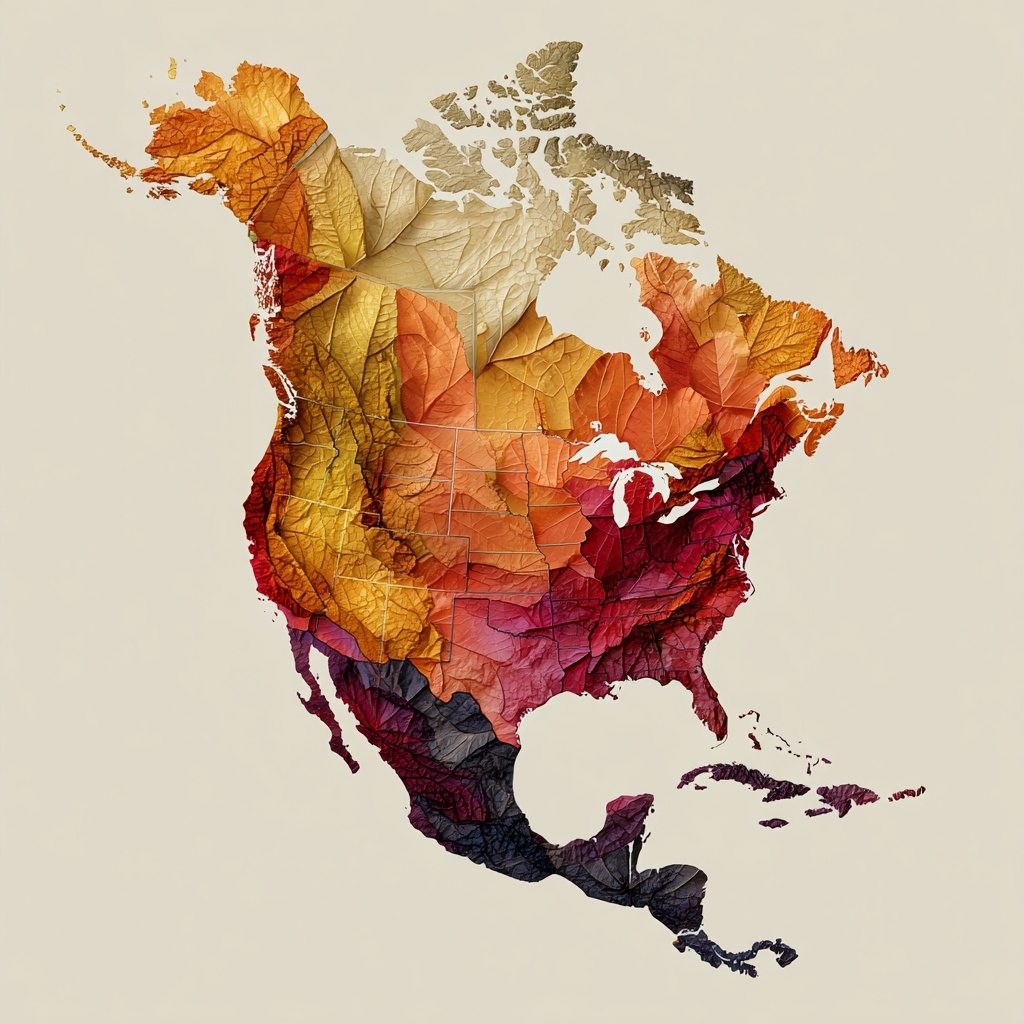
Until recently, there was no comprehensive public record showing how deportation in the United States has functioned over time. Government figures were always released to demonstrate enforcement strength, to show that borders were intact and laws applied. What those numbers concealed was who was being targeted and why. The new project Mapping Deportations, developed by UCLA’s Center for Immigration Law and Policy and the Million Dollar Hoods program, is the first to organize and visualize federal deportation data dating back to 1895. The project does not simply chart removals; it reveals how deportation itself has been used as a political and racial instrument.
At a press briefing, Faculty Co-Director Ahilan Arulanantham described what the data show with startling clarity. “The laws and policies and rules and procedures change all the time, but it is amazing how constant the effect of deportation is,” he said. The patterns are unmistakable. From 1916 onward, Mexico has appeared at the top of annual deportation lists, followed closely by Central American and Caribbean nations. Geography alone cannot explain such consistency. The legal system, as Arulanantham noted, has long made it easier for certain groups to enter and stay than others. Historical policies such as the “registry” provision functioned as quiet amnesties for European and Canadian migrants, while the same Congress criminalized unauthorized border crossings from the south. The design of the law, not simply the movement of people, determined who would become deportable.
Historian Kelly Lytle Hernández traced this structure back to the country’s origins. “The U.S. immigration system really was created to establish and to sustain the United States as a white man’s republic,” she explained. Early immigration restrictions, such as the 1803 Act banning free Black migrants, appeared alongside the forced displacement of Indigenous nations. Later, Congress imposed racial quotas and exclusion acts aimed at Asians and Africans, while criminalizing migration from Mexico. The continuity is not coincidental. Mapping Deportations presents these histories in five eras, each showing how racial hierarchy was written into federal law. From the antebellum expulsion of Indigenous and Black communities, to the consolidation of a whites-only regime, to the Cold War and post-1965 reforms that removed racial language but retained its logic, the same structure persists.
GIS specialist Mariah Tso, who built the database and designed its visualizations, underscored how deportation is only one part of a larger system of removal. “Deportation, after all, is just one tactic of forced removal,” she said, referencing exclusions, voluntary departures, and recent Title 42 expulsions. Her “Beyond Deportation” visualization shows how these tactics have rotated through time, maintaining the same racial outcomes under different names. Together they reveal what Hernández calls a system of racialized power: laws and procedures that determine who can enter, who can remain, and who can be expelled.
The team was careful to explain the limits of their dataset. Categories have changed over time, sometimes describing people by “races and peoples” and other times by nationality. Many removals are missing entirely. Indigenous people from Mexico, Central America, and the Caribbean are usually counted only under national categories, which erases linguistic and cultural identities that predate any border. The project’s “Hidden Data” section addresses this erasure directly. It also links the methods of data collection to older practices of disappearance that Indigenous audiences will recognize—the same bureaucratic silence that followed forced relocations and boarding schools.
For Indigenous readers, this project opens an essential connection. The story of deportation is not separate from the story of Indigenous removal. Both are rooted in the same governing logic that decides who belongs and who does not. The maps visualize how those systems overlap and evolve. They also expose how modern data practices continue to flatten Indigenous identity, reducing distinct nations to single nationalities. The result is a set of records that obscure as much as they reveal. By confronting these omissions, Mapping Deportations restores complexity to histories that have been simplified beyond recognition.
The research also asks something of journalists. The team urged reporters to move beyond the repetition of enforcement numbers. When a new policy produces a spike in deportations, they said, the question should not be how many, but who and under what rule. Reporters should identify whether those removals were deportations, voluntary departures, exclusions, or expulsions. Each has different legal consequences. Arulanantham encouraged journalists to link present stories to their historical roots. The mass removals of the 1950s, the Supreme Court ruling in 1975 that allowed race to be used in immigration stops, and the 1996 laws that tied immigration to criminal punishment are all part of the same lineage. Understanding this continuity, he argued, is essential if public conversation is to move beyond cycles of outrage and forgetting.
For Indigenous communities, Mapping Deportations provides a framework for understanding how current immigration policy intersects with centuries of removal and exclusion. It is not only a record of data but a record of design, one that makes clear how the nation’s laws have produced predictable outcomes for over a hundred years. As Arulanantham concluded, “If we want to break out of the cycles of the past, we have to tell a more honest account of our history.” The maps do not call for pity or sentiment. They invite recognition. In seeing these patterns clearly, the public can no longer mistake them for accidents. They are evidence of a structure that has endured precisely because it has been designed to endure.
